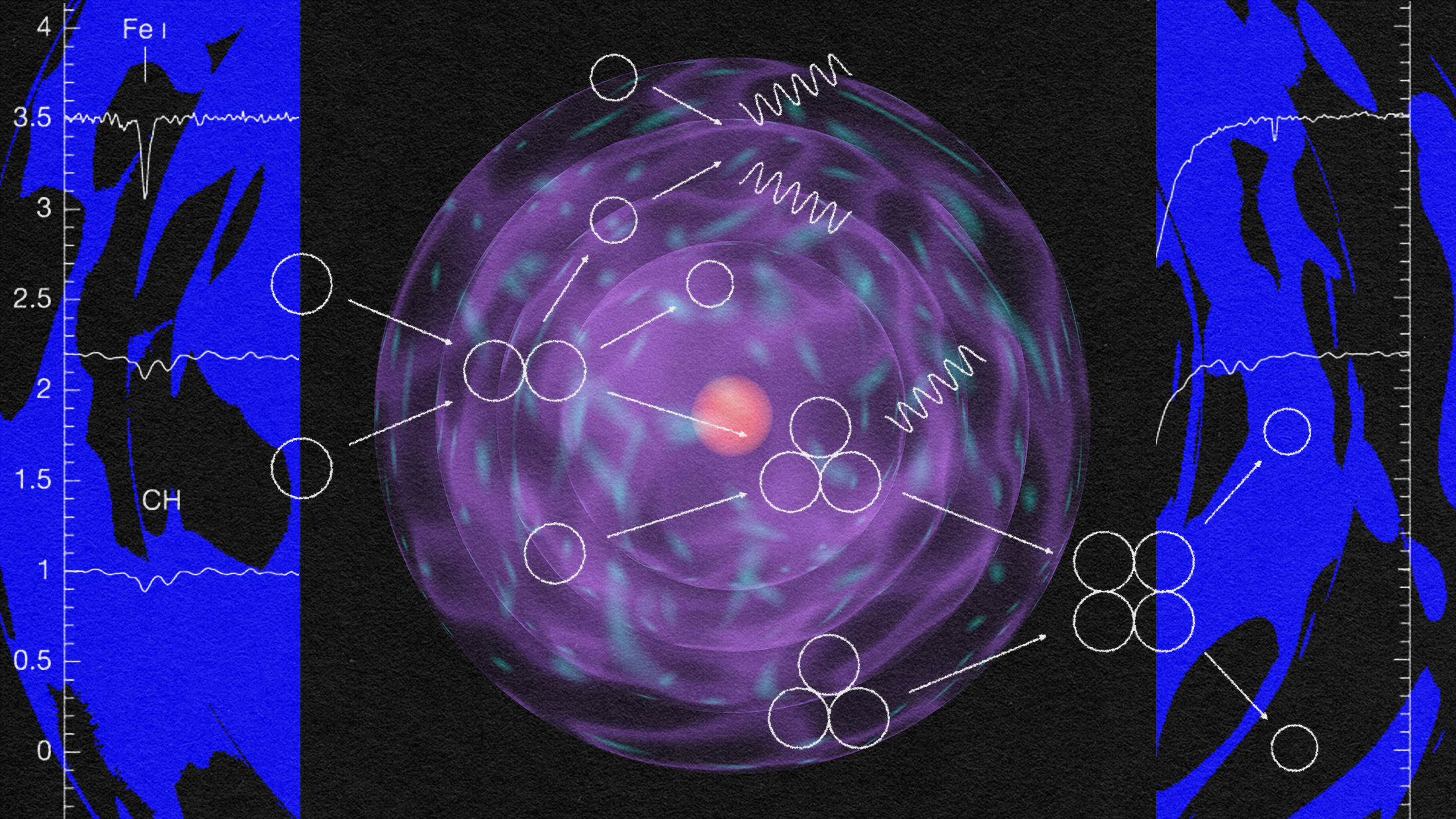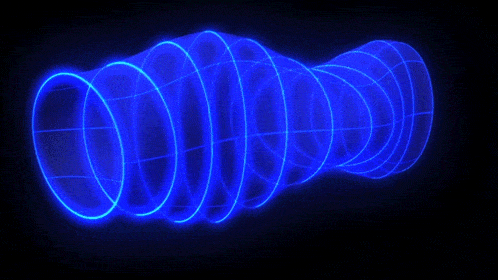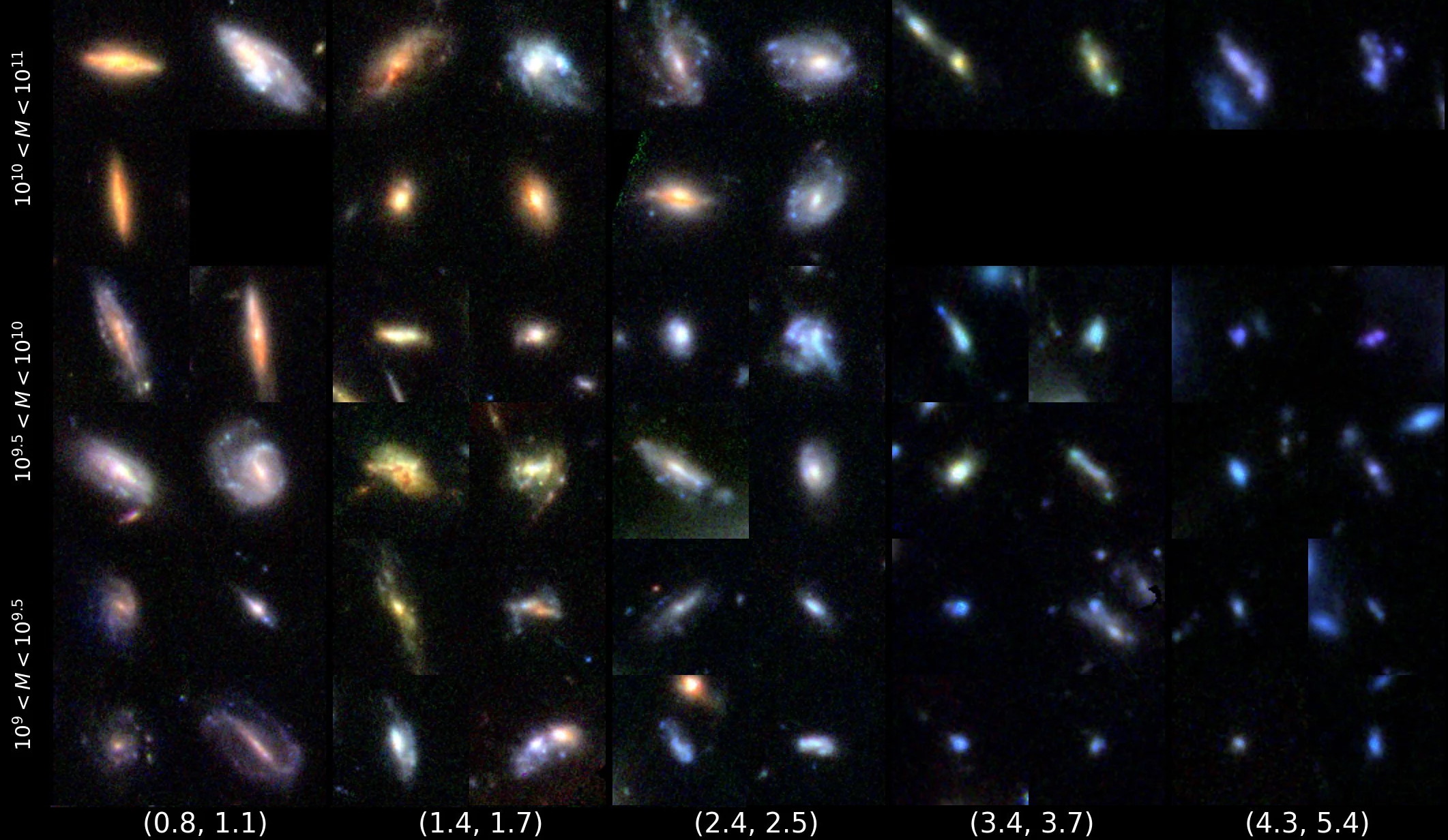Once you cross a black hole’s event horizon, there’s no going back. But inside, could creating a singularity give birth to a new Universe?
All Articles
Before becoming America’s most infamous assassin, John Wilkes Booth was a magnetic actor who was beloved by audiences and courted by critics.
Welcome to The Nightcrawler — a weekly newsletter from Eric Markowitz covering tech, innovation, and long-term thinking.
From high school through the professional ranks, physicists still take incredible lessons away from Newton’s second law.
It’s something to wrestle and live with, says behavioral scientist Arthur Brooks.
How deep is your kink?
The benefits of compassion in the workplace are manifold — but leaders should retain an intentional focus on mental, emotional, and physical balance.
No matter what it is that we discover about reality, the fact that reality itself can be understood remains the most amazing fact of all.
After more than a million years of separation, two branches of humanity reunited around 300,000 years ago, suggests new research.
In “Dinner with King Tut,” Sam Kean examines how a burgeoning field is recreating ancient tasks to uncover historical truths.
With over 300 high-significance gravitational wave detections, we now have a huge unsolved puzzle. Will we invest in finding the solution?
From Apple to Airbnb to OpenAI the generalist mindset has been an invaluable source of advantage — and we can all learn from these successes.
Will we build a successor collider to the LHC? Someday, we’ll reach the true limit of what experiments can probe. But that won’t be the end.
By inviting players to tackle real scientific problems, games can offer a hand in solving medicine’s toughest challenges.
The measured value of the cosmological constant is 120 orders of magnitude smaller than what’s predicted. How can this paradox be resolved?
In “After the Spike,” Dean Spears and Michael Geruso show why policy, rather than high population density, has the most significant impact on the environment.
Welcome to The Nightcrawler — a weekly newsletter from Eric Markowitz covering tech, innovation, and long-term thinking.
65 million years ago, a massive asteroid struck Earth. Not only did Jupiter not stop it, but it most likely caused the impact itself.
Can the top quark, the shortest-lived particle of all, bind with anything else? Yes it can! New results at the LHC demonstrate toponium exists.
In “Human History on Drugs,” Sam Kelly explores what the research can tell us about one of history’s most brilliant — and troubled — artists.
A mid-flight scare reveals how embracing death can bring purpose and meaning to everyday life.
First ‘Oumuamua, then Borisov, and now ATLAS have shown us that interstellar interlopers are real. Here’s what the newest one teaches us.
Agentic AI pioneer Chetan Dube considers ways that everyone can be lifted by the tide of AI, not just those with the capital to leverage it.
Our nearby Ring Nebula, with JWST’s eyes, shows evidence for planet formation. Will the Sun eventually destroy, and then replace, the Earth?
The relic signal that first proved the Big Bang has been known and analyzed for 60 years. Join us at the frontiers of modern cosmology!
The CMB has long been considered the Big Bang’s “smoking gun” evidence. But after what JWST saw, might it come from early galaxies instead?
In “The Microbiome Master Key,” Brett and Jessica Finlay argue that we need to stop waging war on all germs and start working with the microbes that make us who we are.
Welcome to The Nightcrawler — a weekly newsletter from Eric Markowitz covering tech, innovation, and long-term thinking.
Once every 12 years, Earth, Jupiter, Uranus, and Neptune all line up, opening a window for a joint mission. Our next chance arrives in 2034.





























